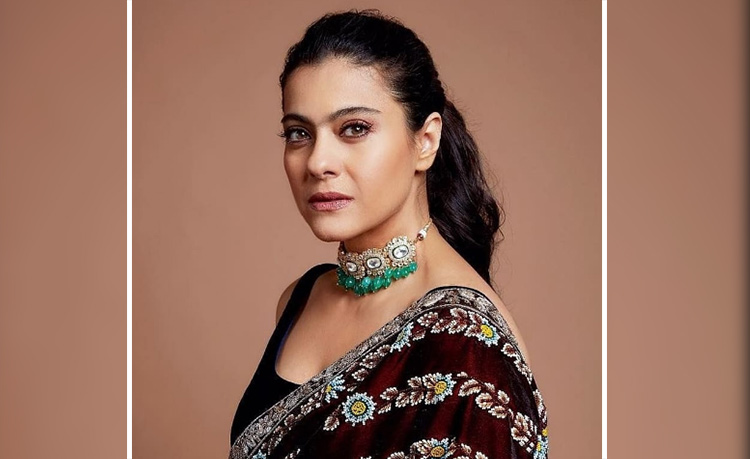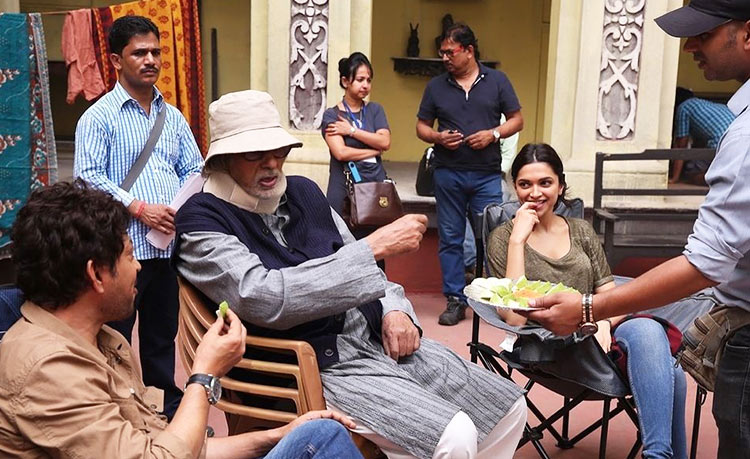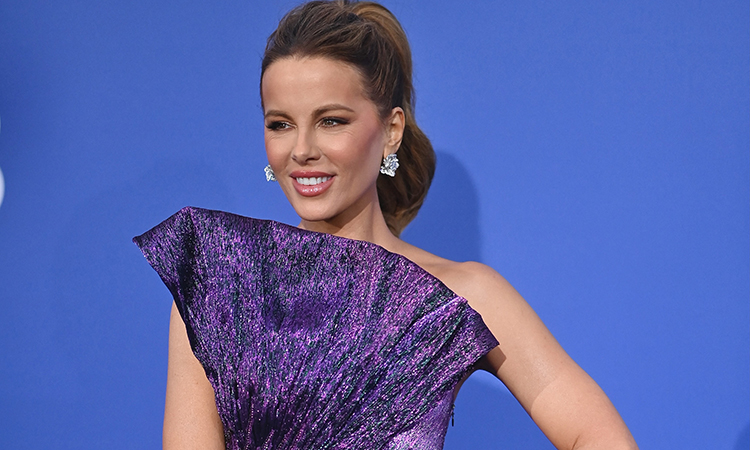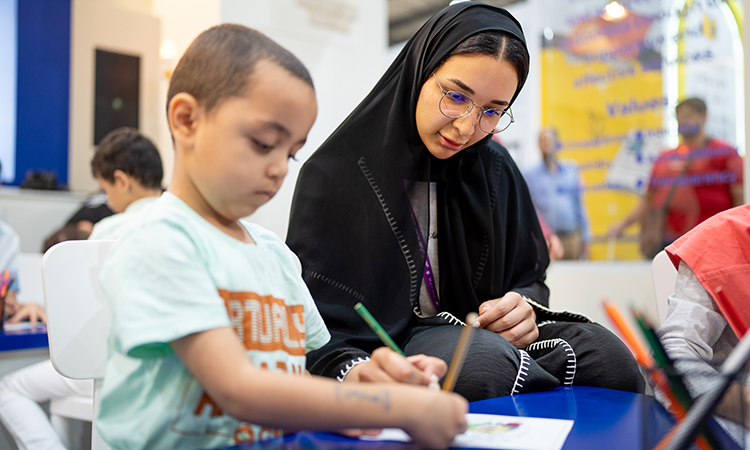Plastic arts
National Geographic Abu Dhabi has dedicated one month of its 2019 calendar to each artist from those countries suffering the most. Each illustration represents the artist’s very own cultural and artistic sensibilities. Though the art pieces are different, what unites them is a shared warning on the dangers of single-use plastics.
Harrowing stories are brought to life with first-hand accounts of floating plastic bag fish, straws piercing the bodies of marine life, bottles bobbing along shorelines, reefs choking under tons of washed up garbage and sea animals floating belly-up, bloated from ingesting plastic.
These works, although addressing a serious and all but bleak reality, are presented colourfully, creatively and – playfully. They are thus accessible and drive home the message of National Geographic’s “Plastic or Planet” campaign.
With Egypt alone consuming twelve billion tons of single-use plastic bags annually, Egyptian artist Ahmed Karam’s illustration showcases a tiny dolphin trapped in a large plastic bag.
Speaking on the issue, he says that “this is a big problem that we are ignoring and that I wanted to represent in my art. By deliberately creating the dolphin smaller than the bag, trapped within it, I am illustrating how we minimise or diminish the issue. This will only result in a bigger problem, one that will be far more complicated to manage if we don’t act now”.
A staggering sixty per cent per cent of single-plastic pollution is produced from just five countries - China, Indonesia, the Philippines, Thailand and Vietnam. Artists from these countries are the most vocal, with a strident call to #pledgeaction today.
“The message I want to send out is that plastics are more dangerous than we think”, said Thai artist Bom Cherdsak. His work is inspired by a dying pilot whale off the coast of Thailand, after choking on eighty plastic bags.
Partnering with National Geographic Abu Dhabi, it is hoped, will allow the message of the artists to reach millions of people around the world, impact and inspire everyone to make simple changes in their lives to save the environment.
“The power is in our hands and we can make better choices every single day to reduce the amount of plastic that enters our oceans”, said Wilmari Botha, South African illustrator and contributor. She chose to illustrate the dangers of plastic on coastal birds who have also become the victims of plastic bags, bottles and straws.
Indian artist Pavan Rajurkar’s arresting visual shows the large price that marine life pays for just one plastic bottle dumped in the ocean. “The plastic waste we create has a life-span which exceeds the life of all the organisms on earth! Our negligence has a heavy price. National Geographic’s “Planet or Plastic” campaign gave me an opportunity to send out a message across the globe. Any small behaviour changes on the part of people who see my illustration will give me the satisfaction that I am contributing to saving planet earth”.
Sri Lankan artist Ruwangi Amarasinghe’s larger than life illustration exposes the devastating impact of marine litter. “The only way to reduce pollution is by making changes to our own lifestyle: drinking from a refillable water bottle instead of using plastic disposable ones, refusing to use plastic straws when having a beverage in a glass, carrying our own lunchbox to take away food, bringing our own bag to pick up groceries. All small changes can make a huge difference if we implement them daily”.
The National Geographic Abu Dhabi 2019 Calendar is another initiative in National Geographic’s “Planet or Plastic” global campaign, aiming to prevent one billion plastic items from reaching the oceans by next year. It is National Geographic’s multiyear effort to raise awareness about the global plastic trash crisis.
It is estimated that humans buy about 1,000,000 plastic bottles per minute in total, only nine per cent of which are recycled. These plastics remain in and around oceans for over 450 years, suffocating marine life, entangling animals, decomposing into smaller pieces that get swallowed by fish entering the food chain.
To spread awareness and mobilise action to #chooseplanet, National Geographic Abu Dhabi is making the calendar and all twelve art pieces freely available to all. They can also be easily printed on a T-shirt or made into a poster.
National Geographic Abu Dhabi is the first free-to-air Arabic documentary channel. It was established following a partnership between Abu Dhabi Media and the National Geographic Channels International (NGCI) in 2009.
It provides viewers in the UAE and the Middle East with an opportunity to see the world through programming dubbed into Arabic. It emphasises popular science, technology, natural history, archaeology and natural mysteries.
Artists for oceans
The twelve artists featured in National Geographic Abu Dhabi 2019 calendar are:Helena Iyzu from Bangladesh; Sheng Chen from China; Ahmed Karam from Egypt; Pavan Rajurkar from India; Kathrin Honesta from Indonesia; Kelseyz from Malaysia; Thomas Ero from Nigeria; Kristy Anne Ligones from the Philippines; Wilmari Botha from South Africa; Ruwangi Amarasinghe from Sri Lanka; Bom Cherdsak from Thailand and Thao Mien Phan from Vietnam.



